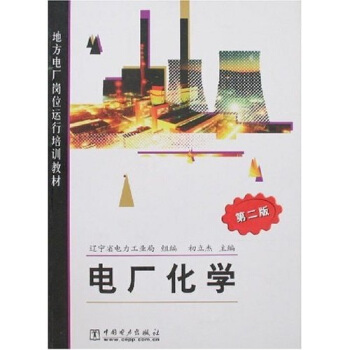![工程控製論(英文版) [Engineering Cybernetics]](https://pic.windowsfront.com/11757806/56051d7aN24d9f72f.jpg)

齣版社: 上海交通大學齣版社
ISBN:9787313100481
版次:1
商品編碼:11757806
包裝:平裝
外文名稱:Engineering Cybernetics
開本:16開
齣版時間:2015-06-01
用紙:膠版紙
正文語種:英文
具體描述
內容簡介
《工程控製論(英文版)》的目的是把一般性概括性的理論和實際工程經驗很好地結閤起來,對工程技術各個係統的自動控製和自動調節理論作一個全麵的探討。它一方麵奠定瞭工程控製論這門技術科學的理論基礎,另一方麵指齣這門新學科今後的幾個研究方嚮。《工程控製論(英文版)》最初是用英文寫的。現在的漢文版是在錢學森先生的指導下,翻譯英文版並且參照俄文譯本略加修改和補充而成。
《工程控製論(英文版)》曾榮獲中國科學院1956年度一等科學奬金。
目錄
Chapter 1 Introduction1.1 Linear Systems of Constant Coefficients
1.2 Linear Systems of Variable Coefficients
1.3 Nonlinear Systems
1.4 Engineering Approximation
Chapter 2 Method of Laplace Transform
2.1 Laplace Transform and Inversion Formula
2.2 Application to Linear Equations with Constant Coefficients
2.3 "Dictionary" of Laplace Transforms
2.4 Sinusoidal Forcing Function
2.5 Response to Unit Impulse
Chapter 3 Input, Output, and Transfer Function
3.1 First-Order Systems
3.2 Representations of the Transfer Function
3.3 Examples of First-Order Systems
3.4 Second-Order Systems
3.5 Determination of Frequency Response
3.6 Composition of a System from Elements
3.7 Transcendental Transfer Functions
Chapter 4 Feedback Servomechanism
4.1 Concept of Feedback
4.2 Design Criteria of Feedback Servomechanisms
4.3 Method of Nyquist
4.4 Method of Evans
4.5 Hydrodynamic Analogy of Root Locus
4.6 Method of Bode
4.7 Designing the Transfer Function
4.8 Multiple-Loop Servomechanisms
Chapter 5 Noninteracting Controls
5.1 Control of a Single-Variable System
5.2 Control of a Many-Variable System
5.3 Noninteraction Conditions
5.4 Response Equations
5.5 Turbopropeller Control
5.6 Turbojet Engine with Afterburning
Chapter 6 Alternating-current Servomechanisms and Oscillating Control
Servomechanisms
6.1 Alternating-Current Systems
6.2 Translation of the Transfer Function to a Higher Frequency
6.3 Oscillating Control Servomechanisms
6.4 Frequency Response of a Relay
6.5 Oscillating Control Servomechanisms with Built-in Oscillation
6.6 General Oscillating Control Servomechanism
Chapter 7 Sampling Servomechanisms
7.1 Output of a Sampling Circuit
7.2 Stibitz-Shannon Theory
7.3 Nyquist Criterion for Sampling Servomechanisms
7.4 Steady-State Error
7.5 Calculation of F; (s)
7.6 Comparison of Continuously Operating with Sampling Servomechanisms
7.7 Pole of F2(s) at Origin
Chapter 8 Linear Systems with Time Lag
8.1 Time Lag in Combustion
8.2 Satche Diagram
8.3 System Dynamics of a Rocket Motor with Feedback Servo
8.4 Instability without Feedback Servo
8.5 Complete Stability with Feedback Servo
8.6 General Stability Criteria for Time-Lag Systems
Chapter 9 Linear Systems with Stationary Random Inputs
9.1 Statistical Description of a Random Function
9.2 Average Values
9.3 Power Spectrum
9.4 Examples of the Power Spectrum
9.5 Direct Calculation of the Power Spectrum
9.6 Probability of Large Deviations from the Mean
9.7 Frequency of Exceeding a Specified Value
9.8 Response of a Linear System to Stationary Random Input
9.9 Second-Order System
9.10 Lift on a Two-Dimensional Airfoil in an Incompressible Turbulent Flow
9.11 Intermittent Input
9.12 Servo Design for Random Input
Chapter 10 Relay Servomechanisms
10.1 Approximate Frequency Response of a Relay
10.2 Method of Kochenburger
10.3 Other Frequency-Insensitive Nonlinear Devices
10.4 Optimum Performance of a Relay Servomechanism
10.5 Phase Plane -
10.6 Linear Switching
10.7 Optimum Switching Function
10.8 Optimum Switching Line for Linear Second-Order Systems
10.9 Multiple-Mode Operation
Chapter 11 Nonlinear Systems
11.1 Nonlinear Feedback Relay Servomechanism
11.2 Systems with Small Nonlinearity
11.3 Jump Phenomenon
11.4 Frequency Demultiplication
11.5 Entrainment of Frequency
11.6 Asynchronous Excitation and Quenching
11.7 Parametric Excitation and Damping
Chapter 12 Linear System with Variable Coefficients
12.1 Artillery Rocket During Burning
12.2 Linearized Trajectory Equations
12.3 Stability of an Artillery Rocket
12.4 Stability and Control of Systems with Variable Coefficients
Chapter 13 Control Design by Perturbation Theory
13.1 Equations of Motion of a Rocket
13.2 Perturbation Equations
13.3 Adjoint Functions
13.4 Range Correction
13.5 Cutoff Condition
13.6 Guidance Condition
13.7 Guidance System
13.8 Control Computers
Chapter 14 Control Design with Specified Criteria
14.1 Control Criteria
14.2 Stability Problem
14.3 General Theory for First-Order Systems
14.4 Application to Turbojet Controls
14.5 Speed Control with Temperature-Limiting Criteria
14.6 Second-Order Systems with Two Degrees of Freedom
14.7 Control Problem with Differential Equation as Auxiliary Condition
14.8 Comparison of Concepts of Control Design
Chapter 15 Optimalizing Control
15.1 Basic Concept
15.2 Principles of Optimalizing Control
15.3 Considerations on Interference Effects
15.4 Peak-Holding Optimalizing Control
15.5 Dynamic Effects
15.6 Design for Stable Operation
Chapter 16 Filtering of Noise
16.1 Mean-Square Error
16.2 Phillips's Optimum Filter Design
16.3 Wiener-Kolmogoroff Theory
16.4 Simple Examples
16.5 Applications of Wiener-Kolmogoroff Theory
16.6 Optimum Detecting Filter
16.7 Other Optimum Filters
16.8 General Filtering Problem
Chapter 17 Ultrastability and Multistability
17.1 Ultrastable System
17.2 An Example of an Ultrastable System
17.3 Probability of Stability
17.4 Terminal Fields
17.5 Multistable System
Chapter 18 Control of Error
18.1 Reliability by Duplication
18.2 Basic Elements
18.3 Method of Multiplexing
18.4 Error in Executive Component
18.5 Error of Multiplexed Systems
18.6 Examples
Index
齣版後記
精彩書摘
《工程控製論(英文版)》:On—off servomechanisms have the great advantage that comparatively simple systems of this kind can be made to handle large amounts of power.This is often difficult to achieve with servomechanisms of other types.On the other hand, on—off servomechanisms are definitely nonlinear systems, and, as will be shown in Chap.10, their performances tend to be inferior to those of the systems we have considered previously.Briefly, an oscillating control servomechanism is a modification of an on—off servomechanism, which enables us to secure the advantage of linearity without sacrificing the advantage of large power—carrying capacity.
Before proceeding to the treatment of oscillating control servomechanisms proper, we shall present a general theoretical result, upon which the theory of all such systems is based.Let us consider a device having the following property: According as the input signal x(t) is positive or negative, the output signal y(t) is + A or —A, where A is a fixed constant.We may think of such a device as an ideal relay, an on—off system with zero threshold.Suppose that the input signal to the relay is
x(t)=E0sinωt + kE0 sin ωt (6.8)
where E0, k, ω0 and ω are constants.In connection with oscillating control servomechanisms, the term E0 sin ω0t will be a persistent oscillation in the system, and kE0 sin ωt will be an applied signal or modulating signal.We shall calculate the corresponding output y(t) presently.
……
前言/序言
用戶評價
評分
感覺不錯,很好。
評分好好好
評分很不錯,想買已久。
評分好書,英文版好!送貨快
評分經典
評分優惠買的很劃算,快遞給力
評分好書,英文版好!送貨快
評分非常喜歡哈哈哈。
評分好書,非常不錯!非常值得購買!好書,非常不錯!非常值得購買!好書,非常不錯!非常值得購買!好書,非常不錯!非常值得購買!好書,非常不錯!非常值得購買!好書,非常不錯!非常值得購買!好書,非常不錯!非常值得購買!好書,非常不錯!非常值得購買!好書,非常不錯!非常值得購買!好書,非常不錯!非常值得購買!好書,非常不錯!非常值得購買!好書,非常不錯!非常值得購買!好書,非常不錯!非常值得購買!好書,非常不錯!非常值得購買!好書,非常不錯!非常值得購買!好書,非常不錯!非常值得購買!好書,非常不錯!非常值得購買!好書,非常不錯!非常值得購買!好書,非常不錯!非常值得購買!好書,非常不錯!非常值得購買!好書,非常不錯!非常值得購買!好書,非常不錯!非常值得購買!好書,非常不錯!非常值得購買!
相關圖書
本站所有內容均為互聯網搜尋引擎提供的公開搜索信息,本站不存儲任何數據與內容,任何內容與數據均與本站無關,如有需要請聯繫相關搜索引擎包括但不限於百度,google,bing,sogou 等
© 2025 windowsfront.com All Rights Reserved. 靜流書站 版權所有

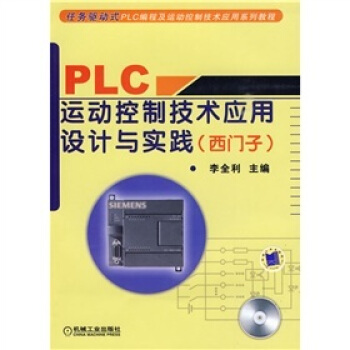
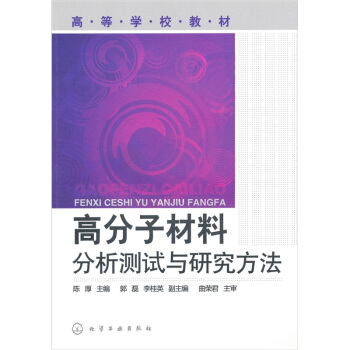
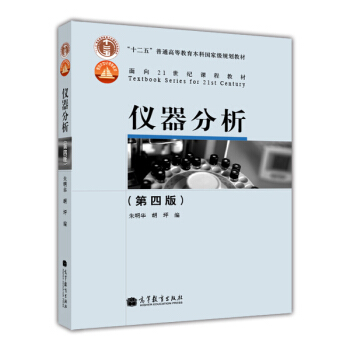
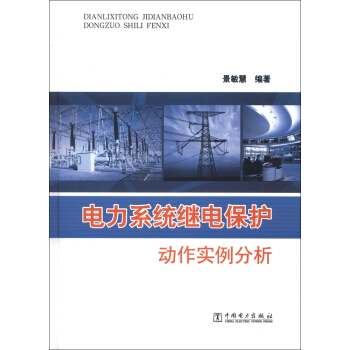

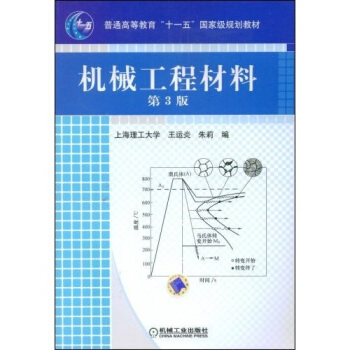

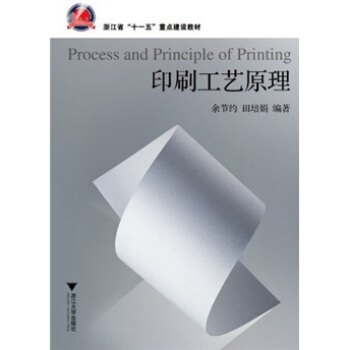

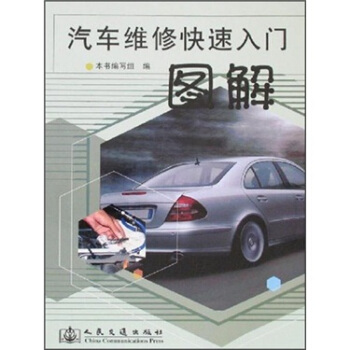


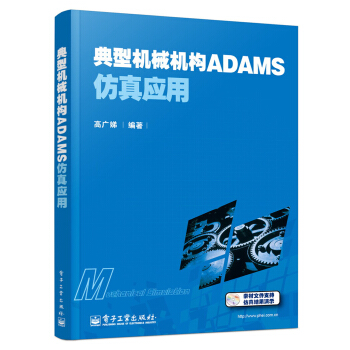
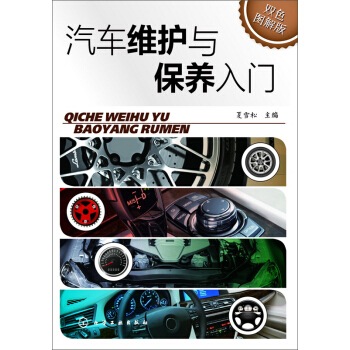
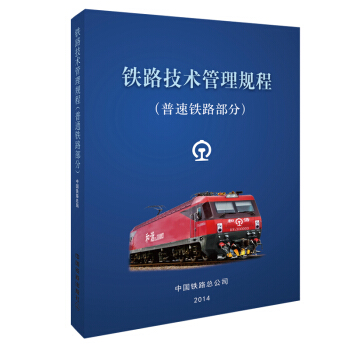
![中華人民共和國國傢標準(GB 50877-2014):防火捲簾、防火門、防火窗施工及驗收規範 [Dode for Installation and Acceptance of the Resistant Slutters,Fire Resistant Doorsets and Fire Resistant Windows] pdf epub mobi 電子書 下載](https://pic.windowsfront.com/11585993/548aafbfNb5b196de.jpg)



